#itaewon class layout
Explore tagged Tumblr posts
Text



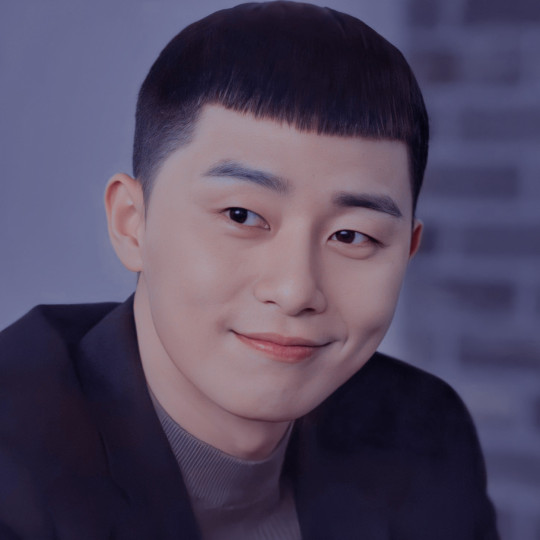
Drama: Itaewon Class
#itaewon class#itaewon class icons#itaewon class kdrama#kdrama itaewon class#park seo joon#kim da mi#park seo joon icons#kim da mi icons#kdrama edits#kdrama#kdrama icons#icons kdrama#dorama kdrama#dorama icons#dorama layouts#park seo joon lockscreen#kdrama aesthetic#dorama aesthetic#icon#icons#matching icons#kdrama couple#kdrama netflix#dorama#kdrama match icon
168 notes
·
View notes
Text
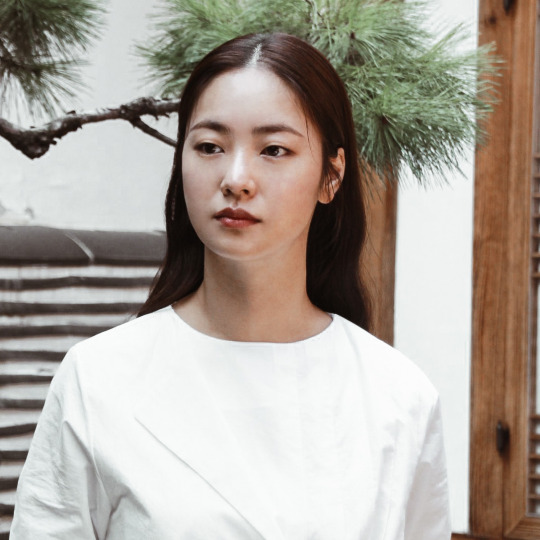
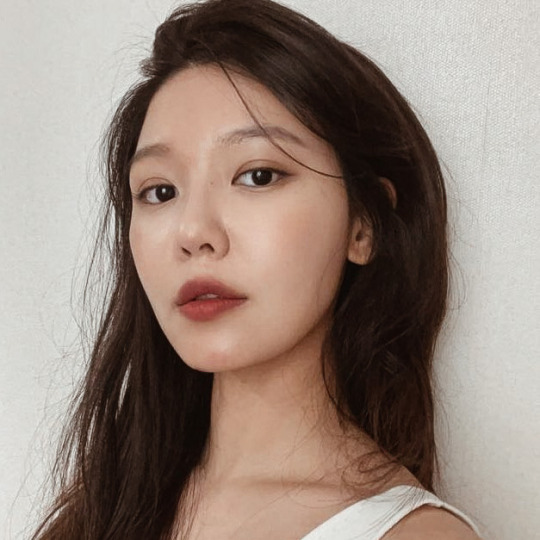
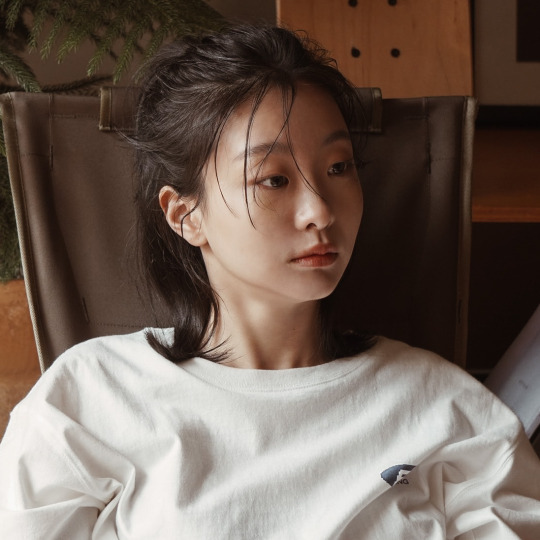
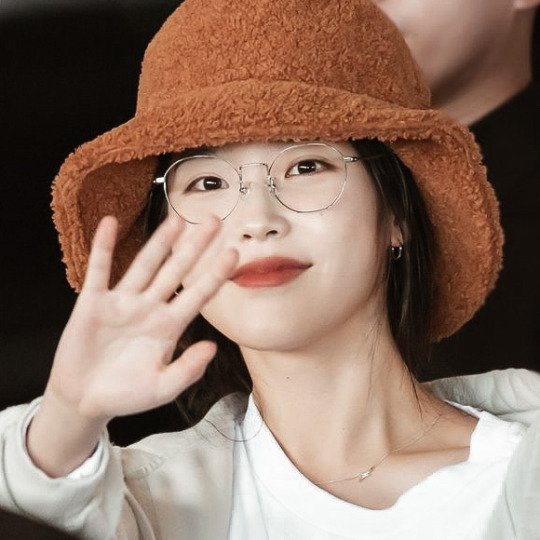

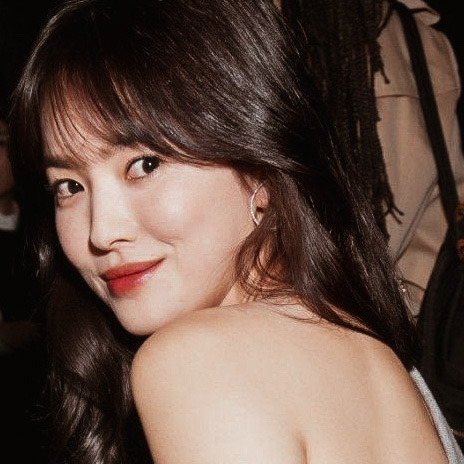
korean actresses
♡ like or reblog if you save
#seo ye ji#seo ye ji icons#jeon yeo been icons#kim da mi icons#iu layouts#iu icons#lee ji eun icons#song hye kyo#song hye kyo icons#icons kdrama#kdrama headers#doramas#itaewon class#twitter icons#twitter packs#choi sooyoung#choi sooyoung icons#vincenzo
303 notes
·
View notes
Text
like or reblog. 🌈
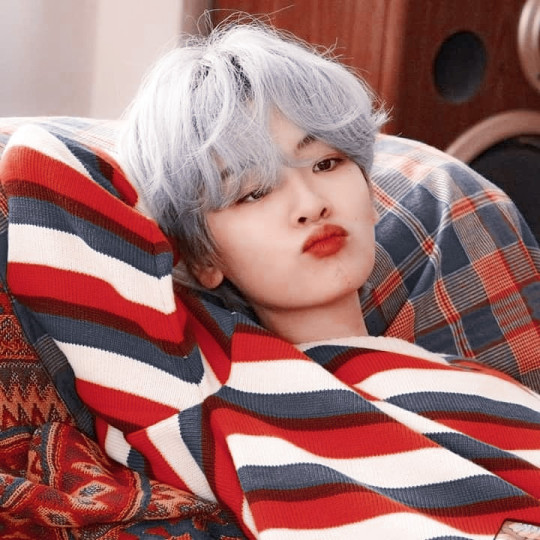


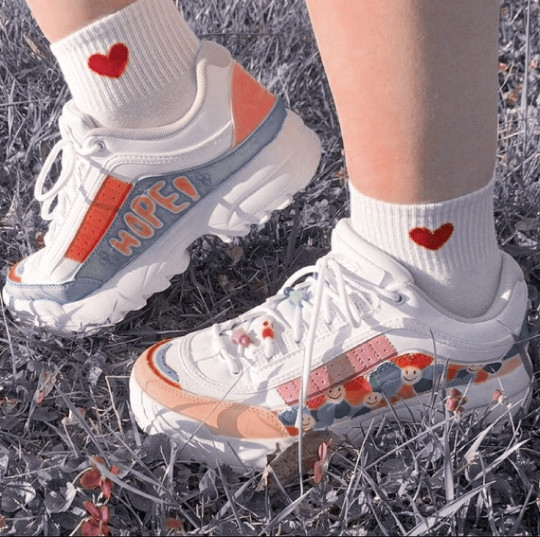

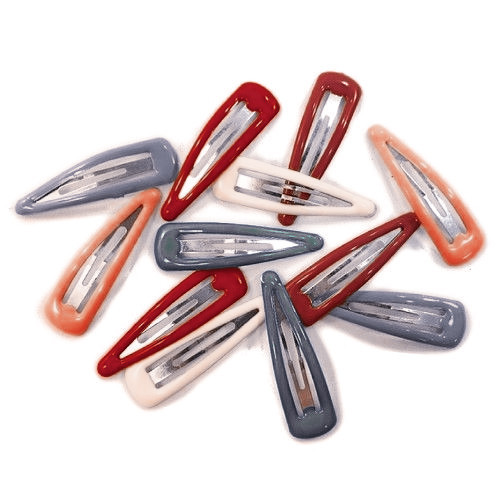


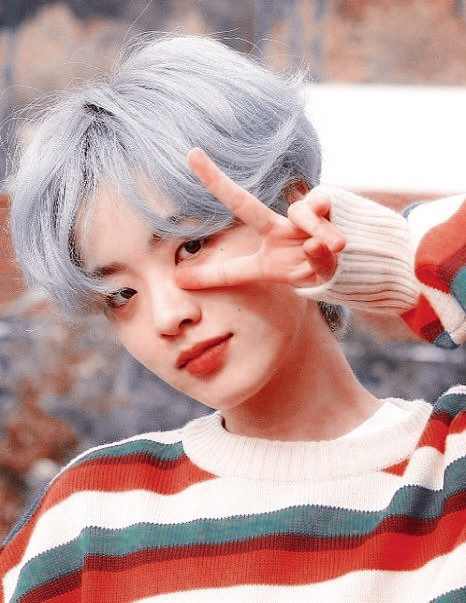
lee jooyoung moodboard ulzzang red.
#red velvet#blackpink#kpop#bts#mamamoo#soundcloud#kpop wallpaper#kpop aesthetic#kpop icons#bts icons#yuna wallpaper#yuna icons#choi yuna#kpop edits#kpop layouts#kpop gg#kpop roleplay#lee jooyoung#itaewon class#kpopccc#incorrect kpop quotes#kdrama#actriz#bts layouts#bts jimin#bts suga#bts army#bts packs#bts jin#bts x reader
130 notes
·
View notes
Text
ᨒ I love you!! ♥︎
꩜ lee jooyoung icons !

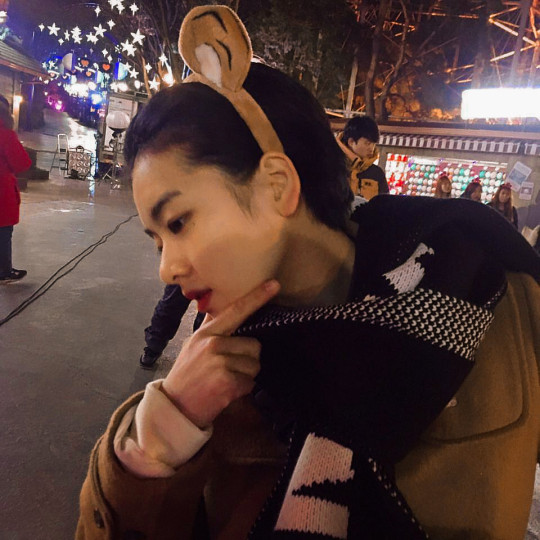
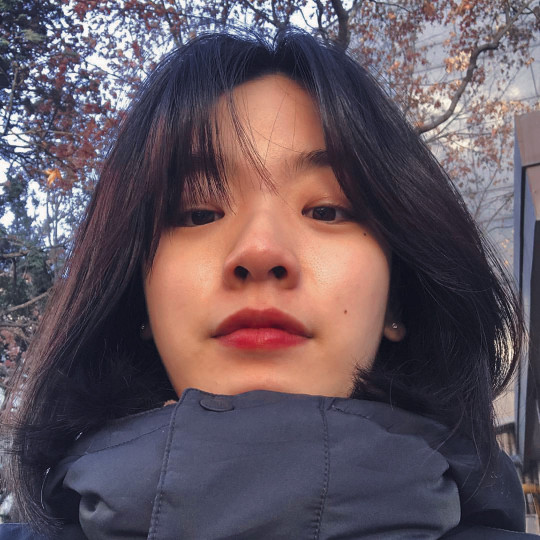
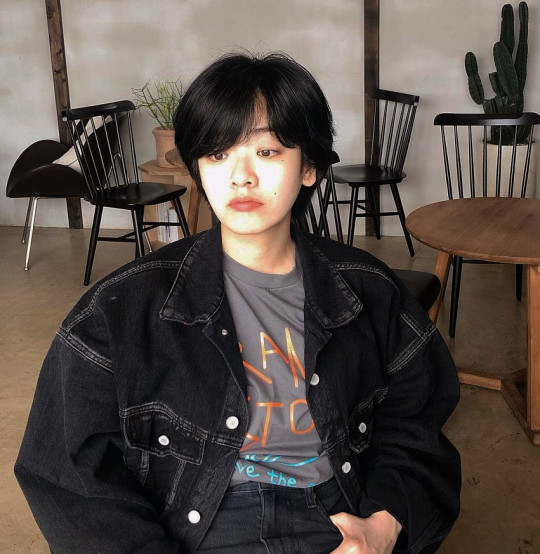

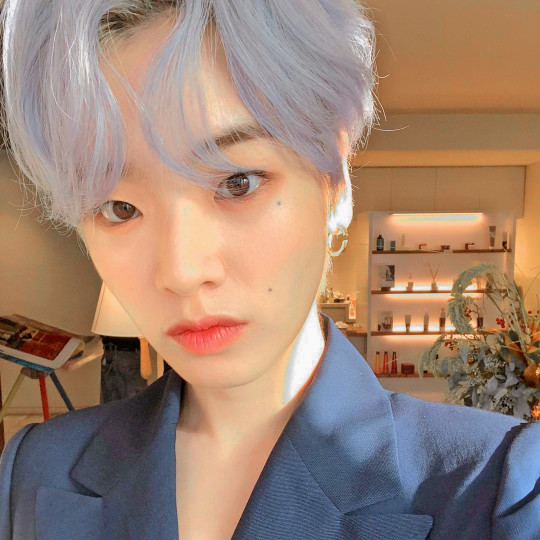
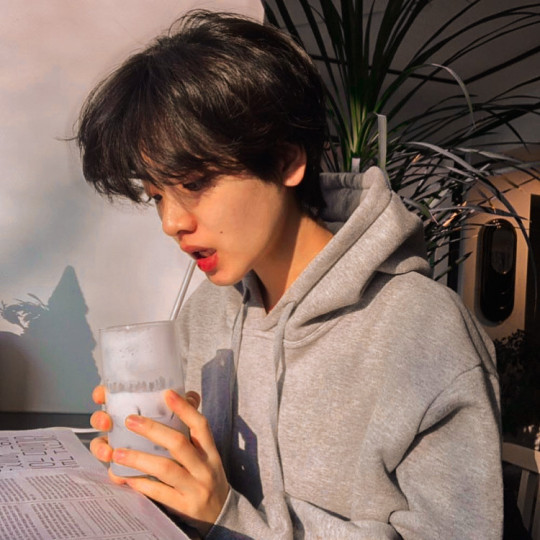

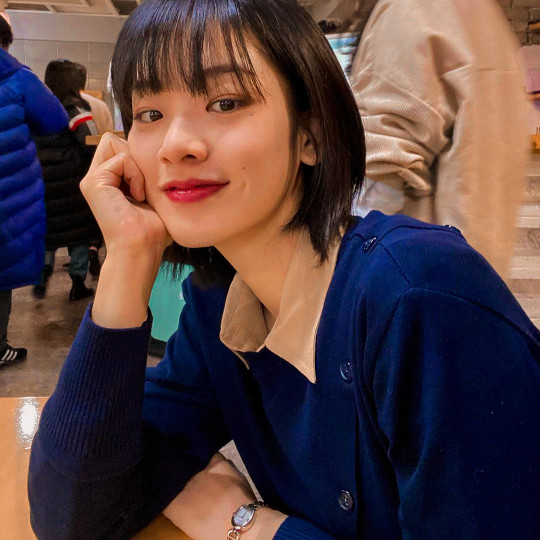
— please, don’t repost.
reblog/like if u save or use 💘
#lee jooyoung#lee joo young#lee jooyoung icons#gg icons#kdrama#kdrama icons#random icons#kpop layouts#jooyoung#lee jooyoung layouts#drama korea#korea fashion#weightlifting fairy kim bok joo#itaewon class
151 notes
·
View notes
Text
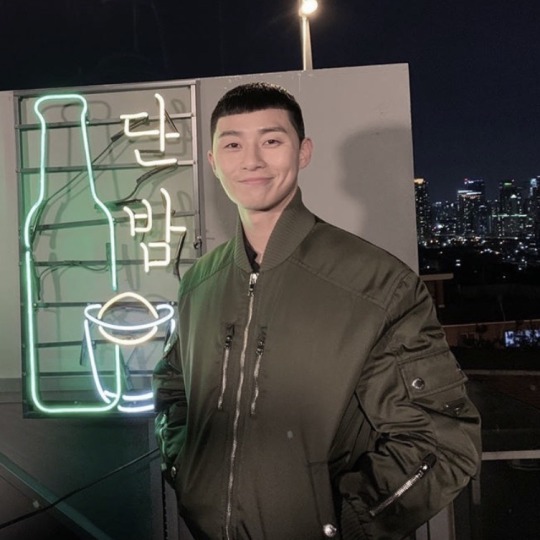
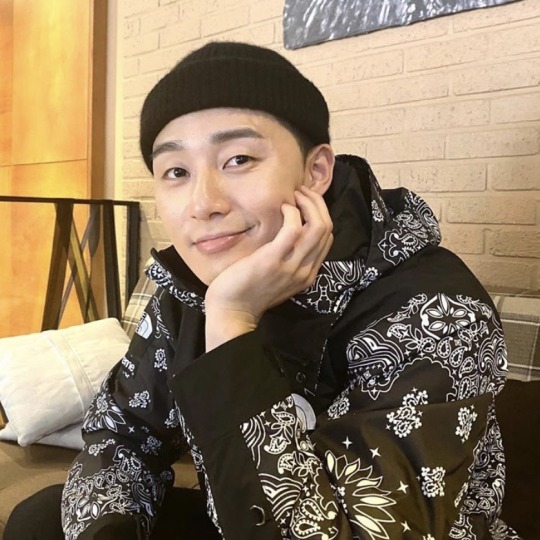
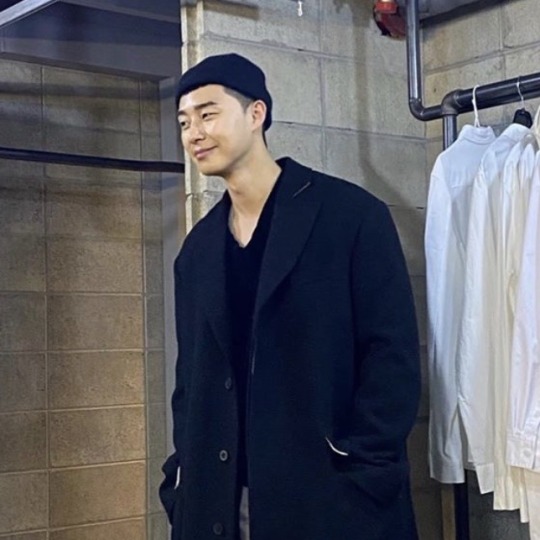
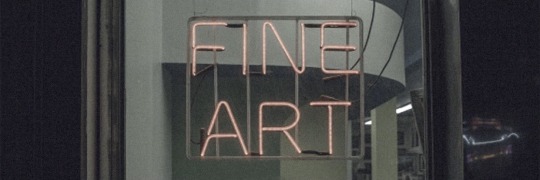


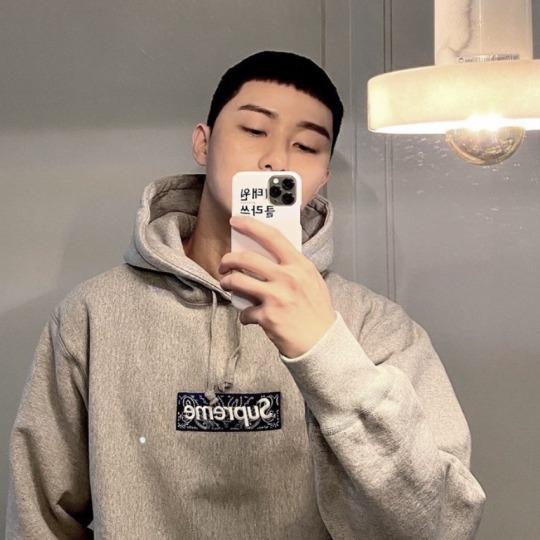
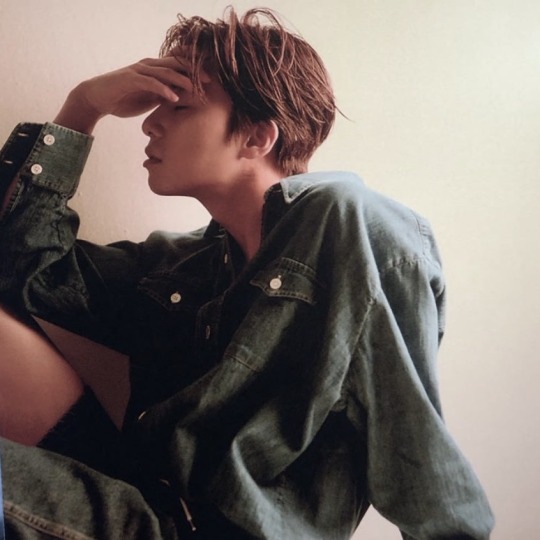


Park Seojoon Layouts
Like or Reblog if You Save or Use
Credit diverselayouts on Twitter
#park seojoon#seojoon#seojoon icons#seojoon layouts#seojoon packs#park seo-joon#seo-joon#박서준#itaewon class#twitter#icons#headers#packs#diversitylayouts#diverselayouts#random headers#grean headers#flower headers#concrete headers#night headers#park sae ro yi#park saeroyi
917 notes
·
View notes
Text
# park seojoon (actor) users — ★
seojooncr
sjoonvlog
sjoonblog
seojpoet
seojosoil
seojociel
psjoongrl
sjoonpoem
— like or reblog if u saved.
— sooyabfs on twitter.
20 notes
·
View notes
Photo






━━┈ jo yi-seo: layouts edition.
ㅤ♡ or © heavenlyghcst if you save/use.
icons made by dorama-icons (tumblr) & idolsfacts (tumblr)
#kim dami icons#jo yiseo icons#itaewon class icons#kim dami layouts#jo yiseo layouts#itaewon class layouts#김다미
20 notes
·
View notes
Text






Park Seo-Joon icons
× Heart/reblog if you like, use or save please.
× Leave your request.
#park seo joon#park seo joon icons#park seo joon headers#park seo joon layouts#itaewon class#icons with psd#twitter packs#twitter icons#twitter layouts
69 notes
·
View notes
Text


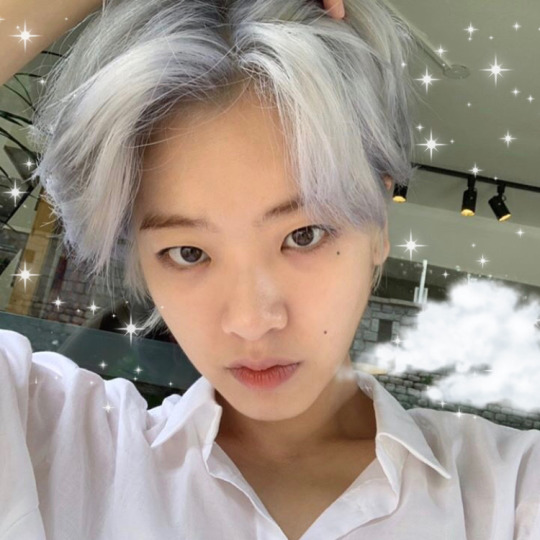
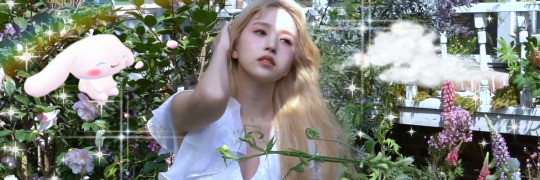


kpop / kdrama layouts !
✧ myoui mina & hirai momo from twice
✧ lee jooyoung
✧ reblog if you use/save!
#header#icon#layout#icons#aesthetic#layouts#twice#rainbowcore#angelcore#itaewon class#lee joo young#lee jooyoung#weightlifiting fairy kim bok joo#momo#hirai momo#mina#myoui mina#cottagecore#messy#loona#twice messy#messy icons#messy icon#messy layout
70 notes
·
View notes
Text






•joo young layouts
fav if u used | @markpauzao on twitter
85 notes
·
View notes
Photo
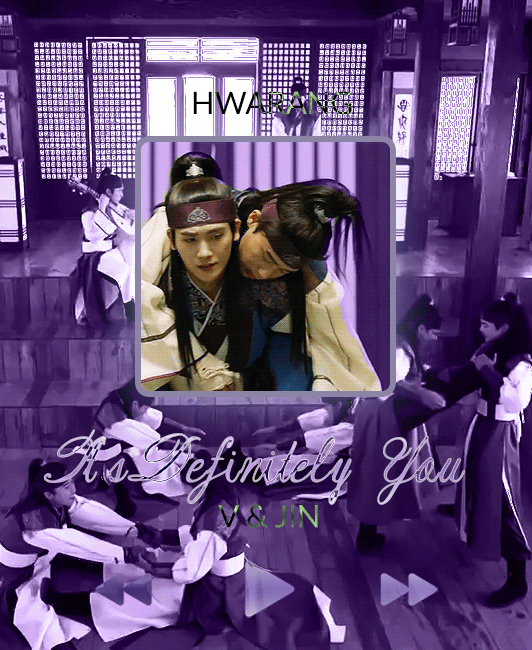

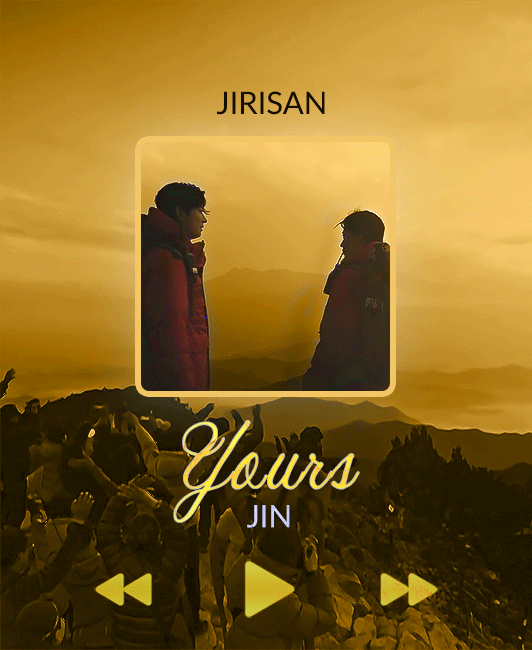


@usergif BACK TO COOL EVENT ( LAYOUT ) → BTS + KDRAMA ORIGINAL SOUNDTRACKS
Hwarang (2016) | It’s Definitely You Itaewon Class (2020) | Sweet Night Jirisan (2021) | Yours Our Beloved Summer (2021) | Christmas Tree Our Blues (2022) | With You
( insp. )
#backtocool22#usergif#btsedit#kdramadaily#kdramaedit#our beloved summer#our blues#jirisan#itaewon class#hwarang#kdrama#bts#bangtan#kim seokjin#kim taehyung#park jimin
98 notes
·
View notes
Text
South Korea’s approach to planning is starkly unsentimental
THE MOSQUE will be left standing. It is perched on top of a hill not far from Itaewon station, at the foot of Namsan, the mountain that towers over central Seoul. Its forecourt offers a commanding view of a jumble of low-rise houses set along winding streets, which give into ever narrower lanes garlanded with precarious-looking power cables. At night the area becomes a glittering sea of streetlights, with neon crosses marking its many churches. But the view from the hill may soon change beyond recognition. If current plans are realised, the tiny alleys and houses will make way for a regular grid of streets filled with the sort of high-rise apartment blocks in which two-thirds of South Koreans live.
Get our daily newsletter
Upgrade your inbox and get our Daily Dispatch and Editor's Picks.
The view is not the only thing that would change. The neighbourhood around the mosque, which straddles the districts of Bogwang-dong and Hannam-dong, is Seoul’s most diverse, an oddity in a country with few foreign residents, next to no ethnic diversity and strong social conformity. In addition to a tiny Muslim community, the area is home to a vibrant gay scene, a host of foreign restaurants and the remains of a shabby red-light district that used to cater to soldiers from a nearby American army base. (Most of its personnel have moved to a site outside the city.) Little of that would remain if the redevelopment went ahead, reckons Minsuk Cho, an architect who has built his new office nearby.
The planned redevelopment has deadened the area in some ways, while enlivening it in others. Over the past few years, many residents have left; beyond the main streets, buildings stand desolate and crumbling. But cheap rents in the quasi-condemned buildings have attracted a host of young South Koreans who have set up bars, restaurants, shops and art galleries, and rub along happily with older inhabitants. Eun-me Ahn, a dancer who has lived on the hill for six years, particularly likes the fact that everyone knows everybody else, despite their diverse backgrounds. “My neighbour has been here for 30 years,” she says, “and everyone gets along.” Little of that will survive if the area is razed as planned, she reckons. “I guess we’ll all just have to go somewhere else,” she says. “It’s a bit sad, because the memory of what it used to be like will disappear.”
This being Seoul, the memory Ms Ahn wishes to preserve is quite recent. The layout of the area dates to the 1960s and 1970s, when South Korea was rapidly urbanising. It started out as a “moon village”, one of the many shantytowns that sprang up on the city’s hills after the end of the Korean war, so called because the steep terrain did at least provide a good view of the moon. Over time, these settlements acquired paved roads and brick-and-mortar houses, eventually turning into lively working-class neighbourhoods.
The mosque was built in 1976, mostly as a gesture to attract engineers and investors from the Arab world. Saudi Arabia paid for most of it. It has drawn immigrants from Muslim countries to the area, says Muhammad Yun, a 66-year-old Korean who converted to Islam after living in Saudi Arabia in the 1980s and now shows visitors round the mosque. “People around here are welcoming to immigrants,” says Usman Khan, who moved to Seoul from Pakistan 20 years ago and has become a citizen. He works in a small supermarket near the mosque, while also running a restaurant in another part of town. Mr Yun says that many of the area’s immigrants have been vocal in their opposition to its redevelopment, displaying red flags outside their shops in protest. Mr Khan, however, says he is relaxed about the changes. “I’ve done so many different things in my life. I’ll adapt.”
The destruction of the neighbourhood would not be unusual in modern Seoul, which has been characterised by rapid and frequently brutal changes. Japanese colonialists redeveloped much of the city during their occupation from 1910 to 1945. The city, old and new, was almost completely destroyed during the Korean war. Afterwards, the pressing need to accommodate new residents took precedence over preserving existing structures or honouring the city’s historical fabric.
Although the current appearance of the neighbourhood is a great improvement on the unpaved roads and shacks of the past, the little houses with their cramped rooms and rusty water pipes are no longer seen as fit for purpose in what has become a rich country. Since the area was earmarked for redevelopment, its decline has been accelerated by neglect. “Most of the houses are now owned by investors who are just waiting for the bulldozers to move in,” says Choi Tae-chul, a local estate agent.
Because they are expecting demolition, most landlords have given up making even basic repairs. The house which Ms Ahn rents had water pouring through the ceiling when she moved in; she fixed it up herself. But for many residents, that is not an option. Park Cheong-rye, an 80-year-old woman in a colourful cardigan who is waiting outside a salon to get her hair done, says she understands that the area is in need of improvement. But she would prefer a less extreme approach than knocking it all down. She has sold her house to an investor, but continues to live in it as a tenant: “I don’t know where else I could go.”
A short walk up the road, Bae Heung-kwon, who is sitting in the back of an open lorry, demurs. “All the residents want redevelopment because that way we can take advantage of the rising property prices by selling to outside investors,” says the 80-year-old laundry-owner. He grumbles about an edict from Park Won-soon, the mayor, which has limited the height of the proposed apartment blocks to 22 storeys as a condition for their approval. He feels that the mayor’s “European ideas” about the urban environment are short-changing residents. “We wanted 40 storeys, because that way the land would be worth more.”
The mayor’s ideas actually come from a Korean architect. In 2014 Mr Park created the position of “city architect” for Seoul, aiming to break the hold of speculators and developers on urban planning and to make sure new housing projects take more account of Seoul’s heritage and terrain. Seung H-Sang, the first person to do the job, believes that decades of rapid development have cost the city its identity. “We have all these landmark high-rises but they have no relationship to one another,” he says. “New buildings should take account of what’s already there and also of what used to be there.” His first move after taking office was to put a moratorium on projects he thought violated this principle, including the original development plan for Hannam-dong.
Mr Seung dreams of a Seoul in which people can walk unhindered from A to B. To anyone trying to get around the city on foot today, the audacity of that plan quickly becomes clear. Neighbourhoods are often sundered by motorways, canals and railway tracks. Pedestrians who do not know their way can find themselves stranded, far from the right overpass or underpass.
In contrast, the lanes of Hannam and Bogwang are an invitation to linger and explore. Despite their steepness, they are well served by a tiny neighbourhood bus. The area seems suited to Mr Seung’s “acupuncture” style of gradual, small-scale regeneration, which Mr Park, the mayor, espouses.
Mr Seung says that everyone must be involved in the planning process to make a city liveable. He criticises the views of the majority: “Koreans think of houses as assets to buy and sell, not as places to live. During the years of the military dictatorship we were told that making money equals happiness, and too many of us still believe that.” Mr Seung sees the preference for living in apartment blocks as a remnant of the authoritarian era and therefore something to be overcome. For now, he wants to focus on reducing the number of apartment blocks built. “But eventually, all those ugly blocks should be torn down.” Large-scale demolition, it seems, is something all Seoulites can agree on, whatever their taste in architecture.
This article appeared in the Asia section of the print edition under the headline "The tyranny of the tower block"
https://econ.st/2CCBH4L
0 notes
Text
So I had a pretty decent sleep the night before flying to Seoul…which was exactly the night I DIDN’T WANT TO SLEEP IN!!! Of all the nights my shit roommates could have chosen to deliver me a blissful slumber they choose the night of my flight. I don’t have a working phone and so no alarm and I was banking on their snores and early morning rumblings. Thankfully I got up in time to rush around, say goodbye to the lovely hosts, and bail for the subway. The airport in Fukuoka is extremely accessible and was only 3 stops away from my subway station.
It was in the airport I witnessed the first and only major mistake made by the Japanese and it was coincidentally on a day where I couldn’t be late…Inside the international airport you have to go to the 3rd floor to check in, and they do check in baggage scans before you can walk to the counter…but they hadn’t set any of that up yet and so I glide up the escalator to see hundreds and hundreds of lined up Japanese people waiting for the all clear. You have got to be kidding me. This went on for the better part of an hour as we watched the airline ladies set up the procedure before sending us on our way. It was nothing short of lucky that I made my flight on time, and in the chaos I had forgotten to have a coffee.
The headaches started as we took off and only worsened from there on. It was upon landing and realising that I had no money to buy a coffee that I had to get to an ATM…uh oh…the ATM wouldn’t accept my card no matter what I did. No good, pas bon, nicht gut, shit. I found a different ATM to a different bank and tried again, no good. I was now in full panic mode.
How could I be so stupid that I didn’t get Yen out at a 7/11 and exchange it upon landing? Moron. I came across the Woori Bank ATM and this was my final hope, else…I don’t know what I would have had to do. Accepted my card? Check. Actually processed my funds? Check. Heart palpitations abated? Check. I had Korean Won in my hand and off I went to Starbucks (don’t judge me).
I decided to take the luxurious method of travel into my hostel in the Itaewon district in Seoul as my head was killing me and I just didn’t have the patience to lug my bags onto a subway. The airport limousine bus is basically spacious bus version of the Japanese Shinkansen. You can stretch out, sleep, and each seat is isolated so you don’t have to share with anyone else. The price? 12,000 won which is about $13 Australian and for a 50+ minute trip I am completely alright with that. Add on the fact the driver dropped me 20 metres from my guest house door step and I call that a win.
Seoul is like a playful mix of Tokyo and Bangkok – It’s not as pretty as Tokyo, and resembles Bangkok in the sheer hustle and bustle and immensity of it all. There are way more cars on the road and the driving definitely reminds me of SE Asia in that they’re all nuts. I heard horns for the first time in a month (I barely ever heard one in Japan), and the drivers aren’t afraid to get angry at shitty driving – which feels like home to me because the only thing more Aussie than screaming at bad drivers is Vegemite. It reminds me of Tokyo in how it seamlessly weaves the old and the new together and tries its hardest to be a modern gem without letting go of the past.
DCIM100GOPROGOPR0907.
DCIM100GOPROGOPR0904.
The hostel is lovely for it’s incredibly cheap price. The whole thing is homely and the people are very warm. I managed to pick up a universal adaptor for $2 Australian from the guy…and as of yet have no paid it. A part of me hopes he forgets and I get it for free, yes I’m that cheap when travelling. After a quick unpack I decided to head out into the world and see the area around my hostel. The real reason was I badly needed another coffee to quell these head aches. Not 15 metres from my hostel I discovered a boutique coffee shop with the coolest layout I had ever seen and such a wide variety of different blends and brews that I had to compliment them. Itaewon is a beautiful suburb, which I would later learn is now the foreigner capital of Seoul. There is a coffee shop on every corner and then a few in between that. Seriously I think this place rivals Vietnam for coffee shop per square metre. The other thing this place has in abundance is Turkish restaurants…I have no idea, but I’m kind of interested in digging into a kebab.
This entire building is a Coffee brewery and shop
The wandering came to an abrupt halt when I discovered a Canadian bar. That was enough to lure me inside and I wasn’t disappointed.
Greeted by a friendly Ukrainian girl who was one of 8 staff members from around the globe, I ordered the first of many $4 pints of beer (you read that correctly) and ordered myself some wings. Each wing came to about 40 cents Australian, so over the course of the ….8 hours I was in this bar I had myself around 30-40 and the total came to $15 AUD…which to anyone that has ever ordered food in Australia will know that is a total joke. 40 wings at a restaurant would easily be triple that.
I met several amazing people over my time there. The first was Scott who was an american. He had lived in Korea for 9 years total, ex army, now engineer for a fortune 100 company in Korea and we got along great. His friend was the Canadian who owned the bar so that was a lucky break for me, we were treated like kings. I met his Korean girlfriend who was truly lovely and they both gave me the breakdown of Korean culture and social interactions. Scott was a firm believer that my experience of indifference, rudeness and general ignorance at the hands of most Japanese people was actually pretty common. I was warned that my time in Korea might be similar, as the Koreans do share that with the Japanese, so that was disappointing. Nevertheless, we had a great time, and then the Australians came in. The accents were obvious from the get go and I knew they were working class men from the bush. Luke (29), Bill (50) and Tim (60) (most typical Aussie names ever) and I was spot on with my guess, the two older gents (around their 50s) were from Mt Isa where I grew up so we got along famously, especially when they found out I’d worked in that line of work a few times myself. They were staying in Seoul for one night to get a visa to go to Mongolia where they were “Digging a big hole”. They were great company until they started harassing the waitstaff every chance they got – if you’ve never been around Australian men on the drink (hard to imagine because Australians tend to always be drinking), and in particular those not from the city, it’s a difficult interaction to describe. Overly loud and aggressive, opinionated on subjects they know nothing about, and tough guy mentalities and it is never relaxing. So kinda like dealing with the stereotypical loud mouth Americans except these guys have no qualms throwing punches. So it went from lovely and lively, to lively and the waitstaff weren’t interested in being near the bar. It was when Scott and his girlfriend left that I started getting annoyed and around midnight I called it quits.
So I haven’t experienced much just yet, but this city has a great feel to it and I’m truly excited to see what my week here brings about!
This place has Seoul So I had a pretty decent sleep the night before flying to Seoul...which was exactly the night I DIDN'T WANT TO SLEEP IN!!!
0 notes
Photo
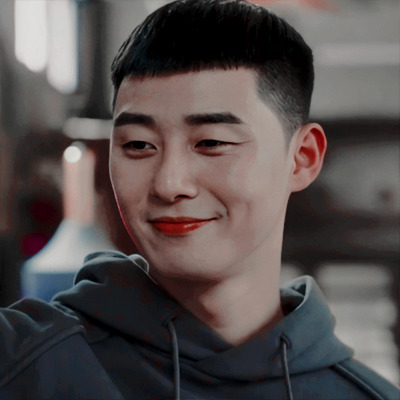
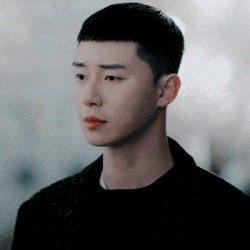
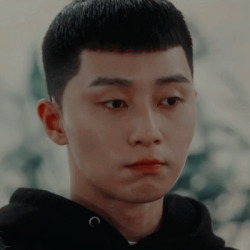

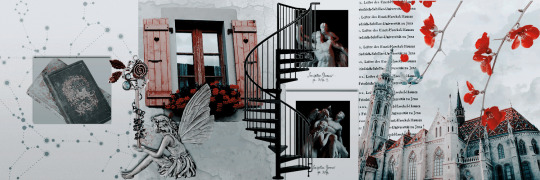

━━┈ park saeroyi: layouts edition.
ㅤ♡ or © heavenlyghcst if you save/use.
ㅤicons credit to their creators: (tumblr) heoldramaicons, (tumblr) itswayvbaby & (tumblr) dorama-icons.
#박서준#park saeroyi icons#itaewon class icons#park seo joon icons#park seo joon layouts#itaewon class layouts#park saeroyi layouts#collage headers#grey headers
29 notes
·
View notes